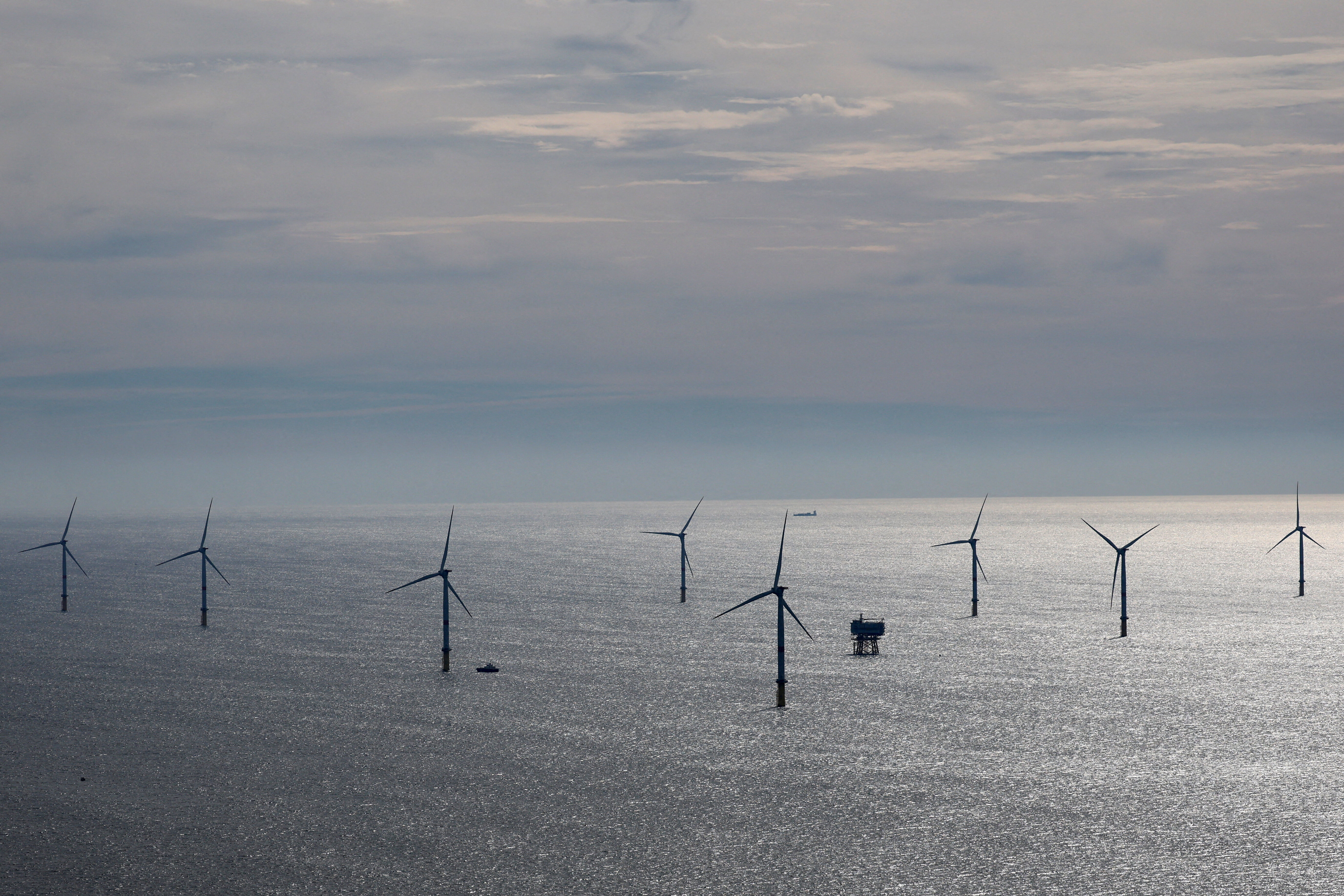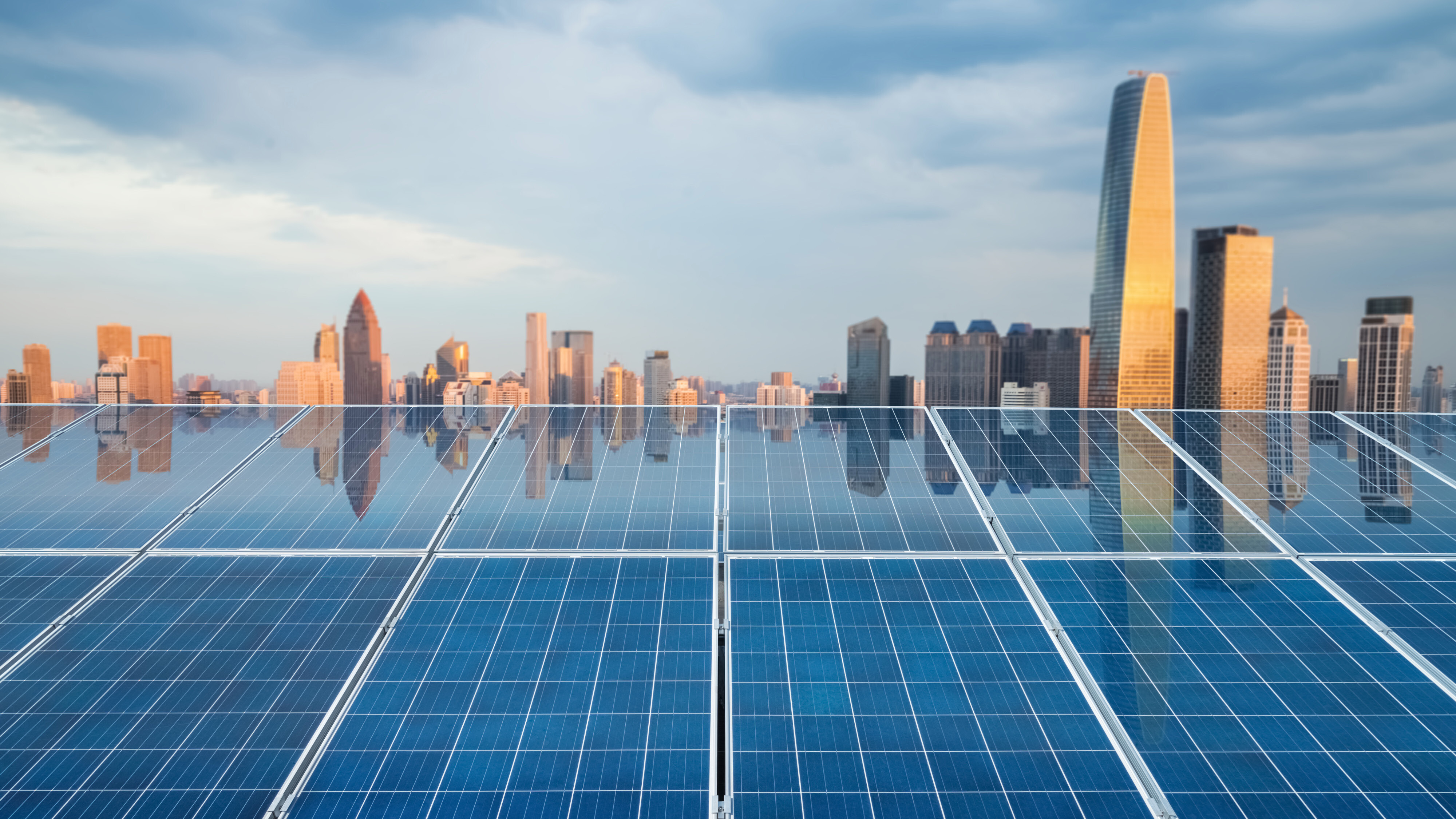The world is looking at slow growth - but it doesn't have to be this way

Sluggish global growth is partly self-inflicted. Image: REUTERS/Alessandro Bianchi
In our July update of the World Economic Outlook we are revising downward our projection for global growth to 3.2 percent in 2019 and 3.5 percent in 2020. While this is a modest revision of 0.1 percentage points for both years relative to our projections in April, it comes on top of previous significant downward revisions. The revision for 2019 reflects negative surprises for growth in emerging market and developing economies that offset positive surprises in some advanced economies.
Growth is projected to improve between 2019 and 2020. However, close to 70 percent of the increase relies on an improvement in the growth performance in stressed emerging market and developing economies and is therefore subject to high uncertainty.
Global growth is sluggish and precarious, but it does not have to be this way because some of this is self-inflicted. Dynamism in the global economy is being weighed down by prolonged policy uncertainty as trade tensions remain heightened despite the recent US-China trade truce, technology tensions have erupted threatening global technology supply chains, and the prospects of a no-deal Brexit have increased.
The negative consequences of policy uncertainty are visible in the diverging trends between the manufacturing and services sector, and the significant weakness in global trade. Manufacturing purchasing manager indices continue to decline alongside worsening business sentiment as businesses hold off on investment in the face of high uncertainty. Global trade growth, which moves closely with investment, has slowed significantly to 0.5 percent (year-on-year) in the first quarter of 2019, which is its slowest pace since 2012. On the other hand, the services sector is holding up and consumer sentiment is strong, as unemployment rates touch record lows and wage incomes rise in several countries.
Among advanced economies—the United States, Japan, the United Kingdom, and the euro area—grew faster than expected in the first quarter of 2019. However, some of the factors behind this—such as stronger inventory build-ups—are transitory and the growth momentum going forward is expected to be weaker, especially for countries reliant on external demand. Owing to first quarter upward revisions, especially for the United States, we are raising our projection for advanced economies slightly, by 0.1 percentage points, to 1.9 percent for 2019. Going forward, growth is projected to slow to 1.7 percent, as the effects of fiscal stimulus taper off in the United States and weak productivity growth and aging demographics dampen long-run prospects for advanced economies.
In emerging market and developing economies, growth is being revised down by 0.3 percentage points in 2019 to 4.1 percent and by 0.1 percentage points for 2020 to 4.7 percent. The downward revisions for 2019 are almost across the board for the major economies, though for varied reasons. In China, the slight revision downwards reflects, in part, the higher tariffs imposed by the United States in May, while the more significant revisions in India and Brazil reflect weaker-than-expected domestic demand.
For commodity exporters, supply disruptions, such as in Russia and Chile, and sanctions on Iran, have led to downward revisions despite a near-term strengthening in oil prices. The projected recovery in growth between 2019 and 2020 in emerging market and developing economies relies on improved growth outcomes in stressed economies such as Argentina, Turkey, Iran, and Venezuela, and therefore is subject to significant uncertainty.
Financial conditions in the United States and the euro area have further eased, as the US Federal Reserve and the European Central Bank adopted a more accommodative monetary policy stance. Emerging market and developing economies have benefited from monetary easing in major economies but have also faced volatile risk sentiment tied to trade tensions. On net, financial conditions are about the same for this group as in April. Low-income developing countries that previously received mainly stable foreign direct investment flows now receive significant volatile portfolio flows, as the search for yield in a low interest rate environment reaches frontier markets.
Increased downside risks
A major downside risk to the outlook remains an escalation of trade and technology tensions that can significantly disrupt global supply chains. The combined effect of tariffs imposed last year and potential tariffs envisaged in May between the United States and China could reduce the level of global GDP in 2020 by 0.5 percent. Further, a surprise and durable worsening of financial sentiment can expose financial vulnerabilities built up over years of low interest rates, while disinflationary pressures can lead to difficulties in debt servicing for borrowers. Other significant risks include a surprise slowdown in China, the lack of a recovery in the euro area, a no-deal Brexit, and escalation of geopolitical tensions.
With global growth subdued and downside risks dominating the outlook, the global economy remains at a delicate juncture. It is therefore essential that tariffs are not used to target bilateral trade balances or as a general-purpose tool to tackle international disagreements. To help resolve conflicts, the rules-based multilateral trading system should be strengthened and modernized to encompass areas such as digital services, subsidies, and technology transfer.
Policies to support growth
Monetary policy should remain accommodative especially where inflation is softening below target. But it needs to be accompanied by sound trade policies that would lift the outlook and reduce downside risks. With persistently low interest rates, macroprudential tools should be deployed to ensure that financial risks do not build up.
Fiscal policy should balance growth, equity, and sustainability concerns, including protecting society’s most vulnerable. Countries with fiscal space should invest in physical and social infrastructure to raise potential growth. In the event of a severe downturn, a synchronized move toward more accommodative fiscal policies should complement monetary easing, subject to country specific circumstances.
Lastly, the need for greater global cooperation is ever urgent. In addition to resolving trade and technology tensions, countries need to work together to address major issues such as climate change, international taxation, corruption, cybersecurity, and the opportunities and challenges of newly emerging digital payment technologies.

Don't miss any update on this topic
Create a free account and access your personalized content collection with our latest publications and analyses.
License and Republishing
World Economic Forum articles may be republished in accordance with the Creative Commons Attribution-NonCommercial-NoDerivatives 4.0 International Public License, and in accordance with our Terms of Use.
The views expressed in this article are those of the author alone and not the World Economic Forum.
Stay up to date:
New Growth Models
Related topics:
Forum Stories newsletter
Bringing you weekly curated insights and analysis on the global issues that matter.
More on Economic GrowthSee all
Rishika Daryanani, Daniel Waring and Tarini Fernando
November 14, 2025







